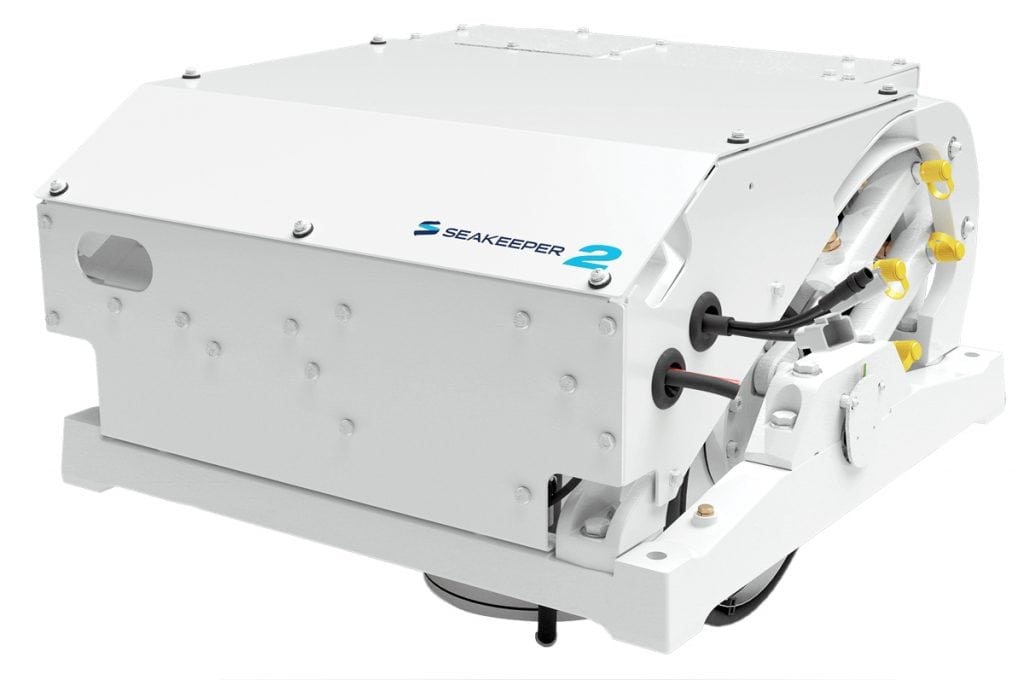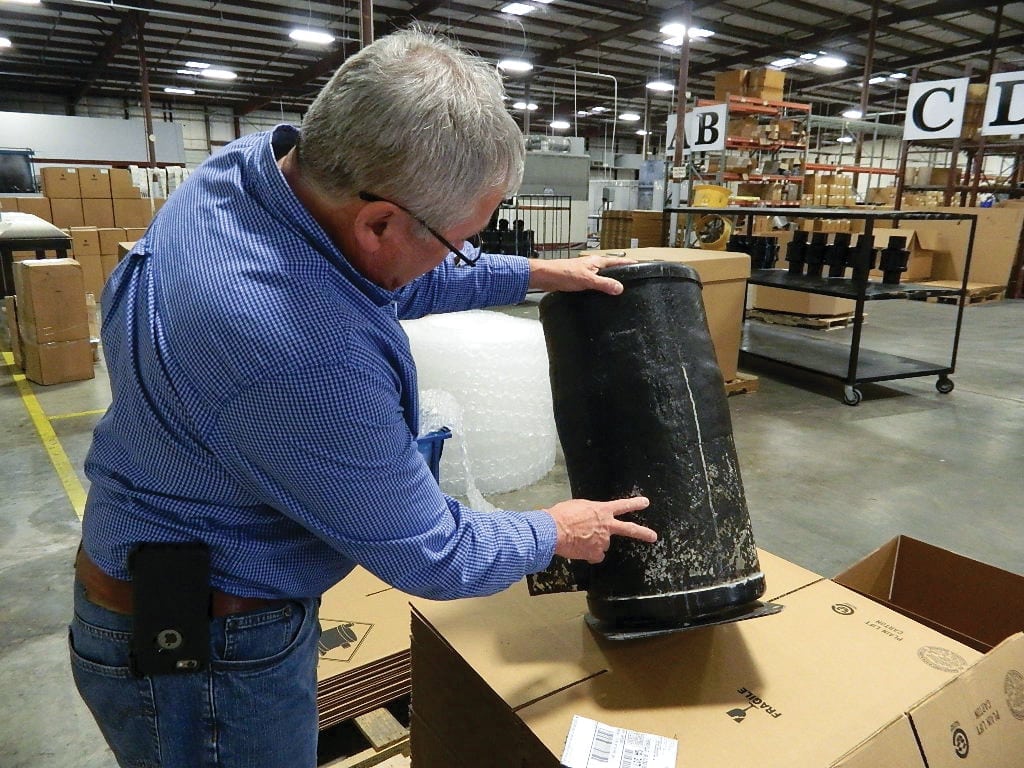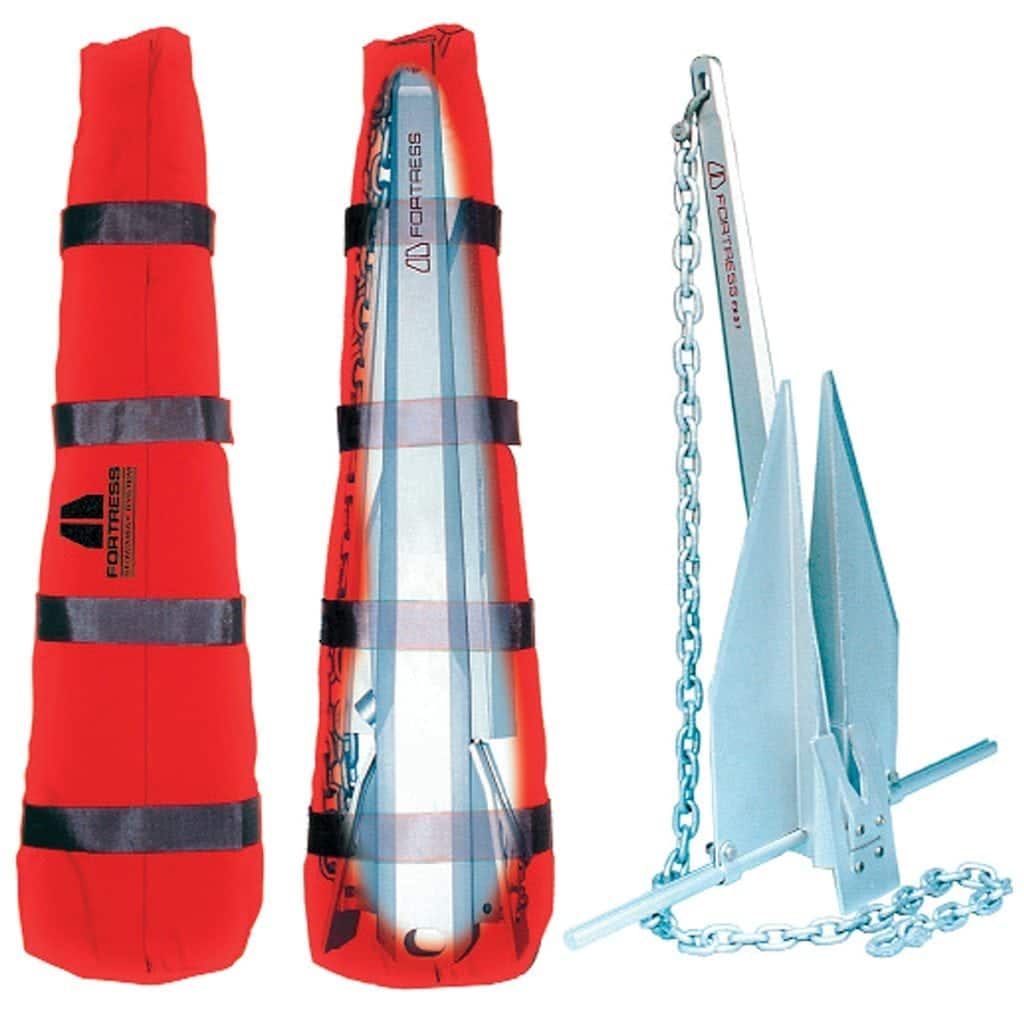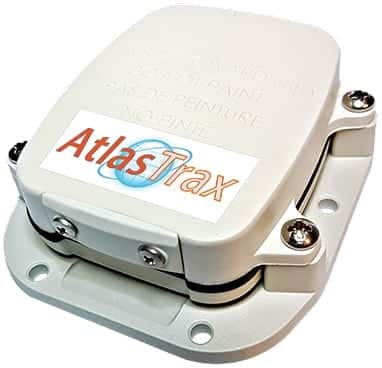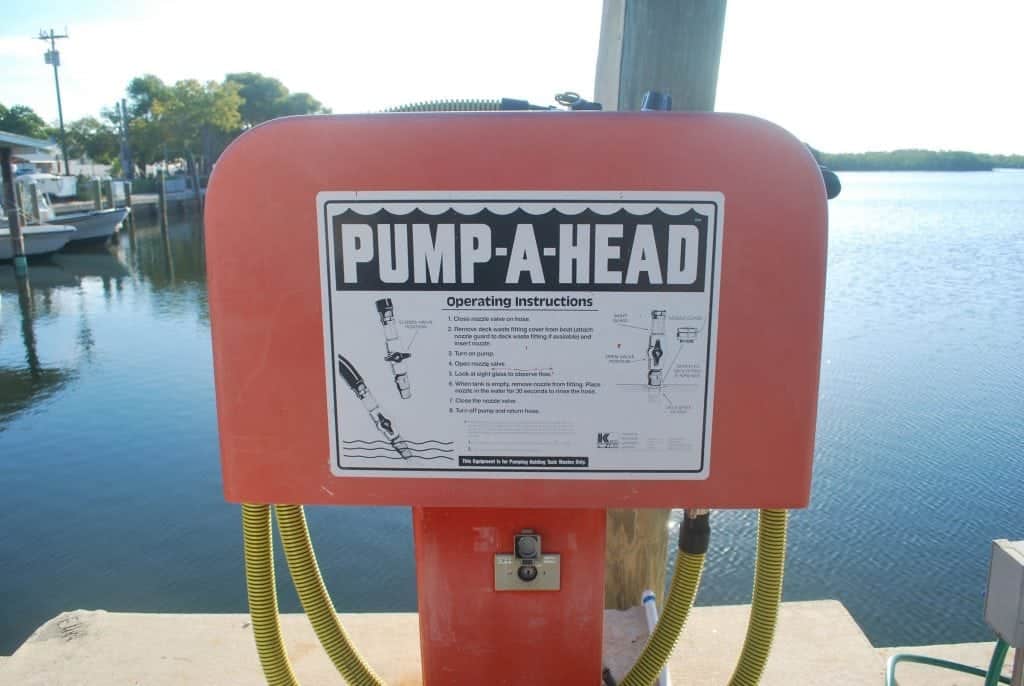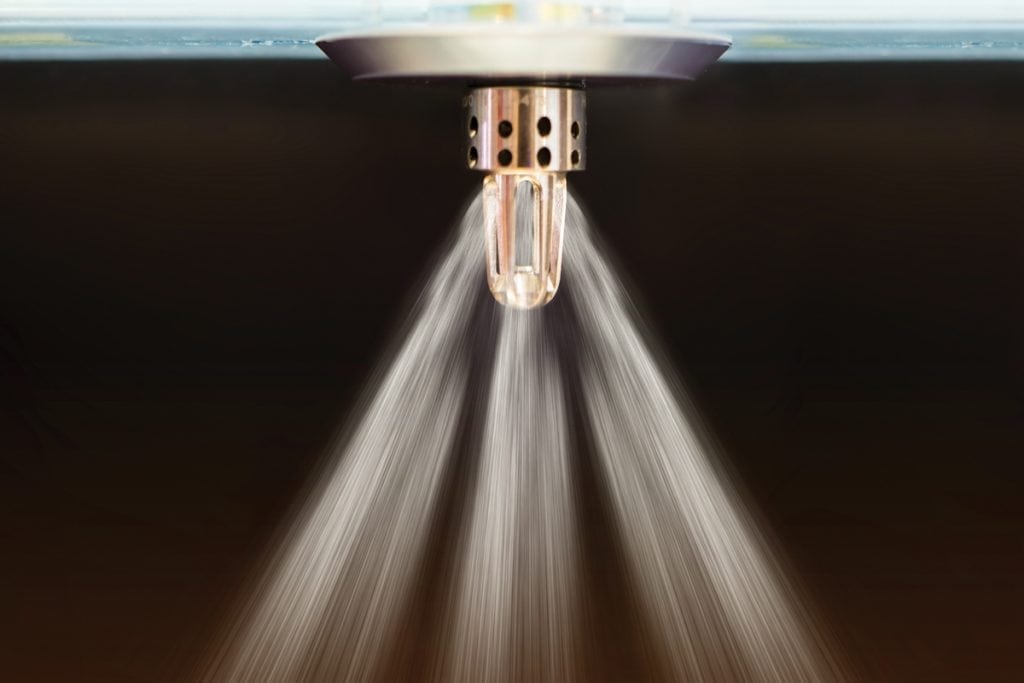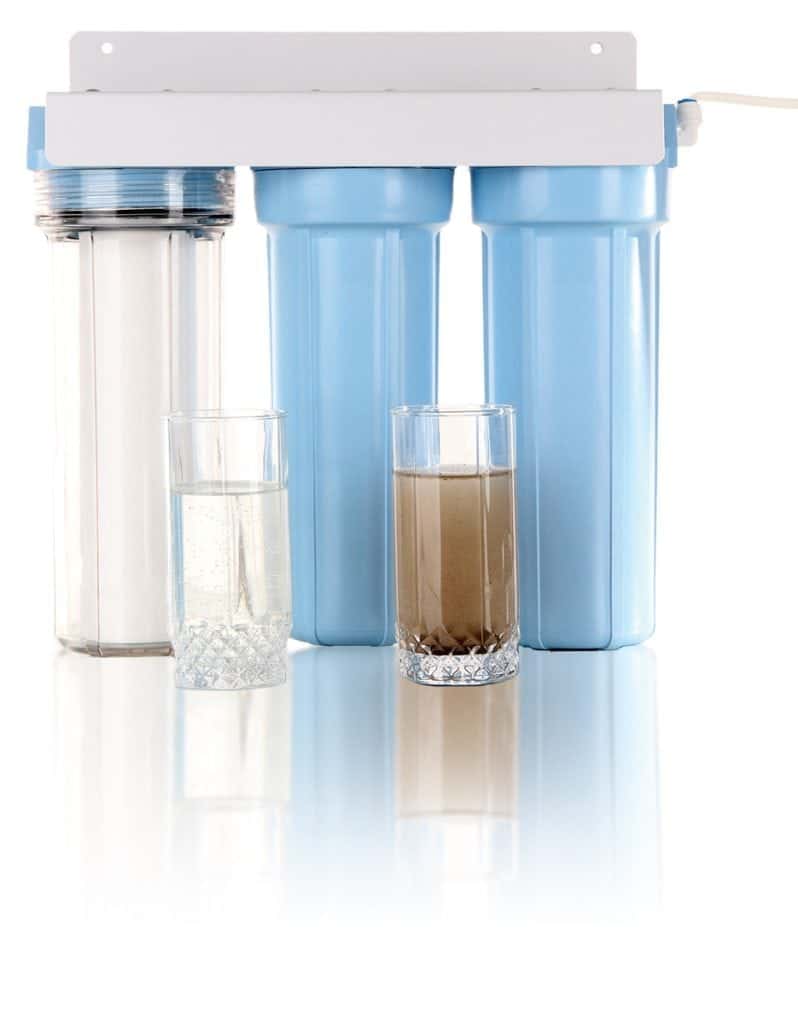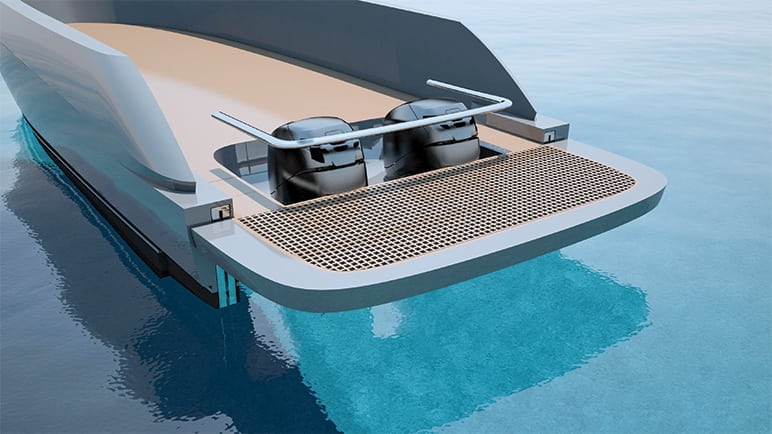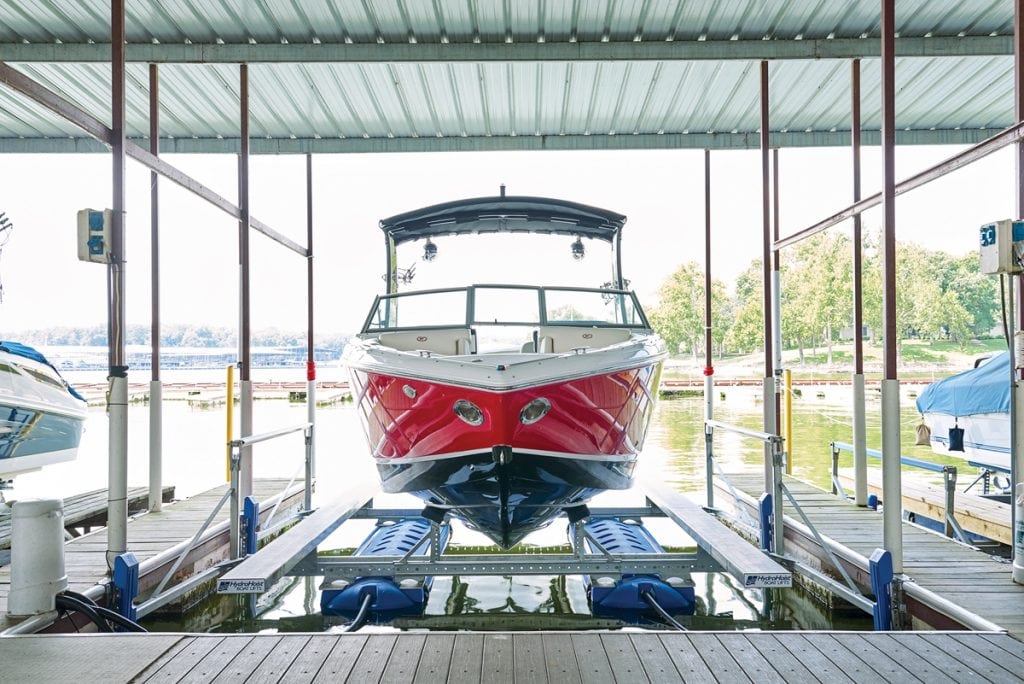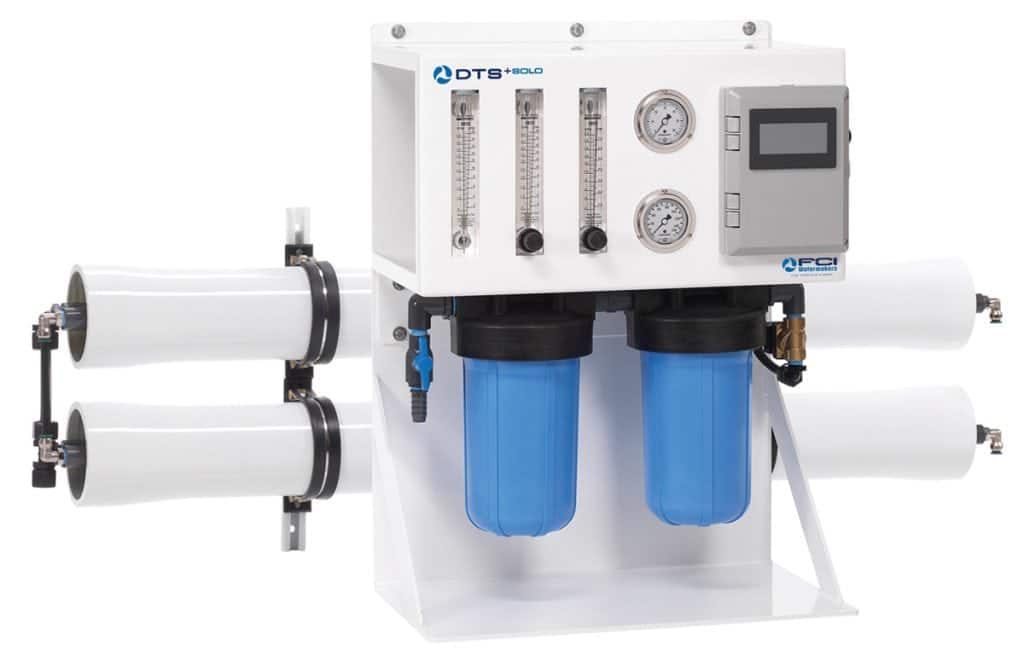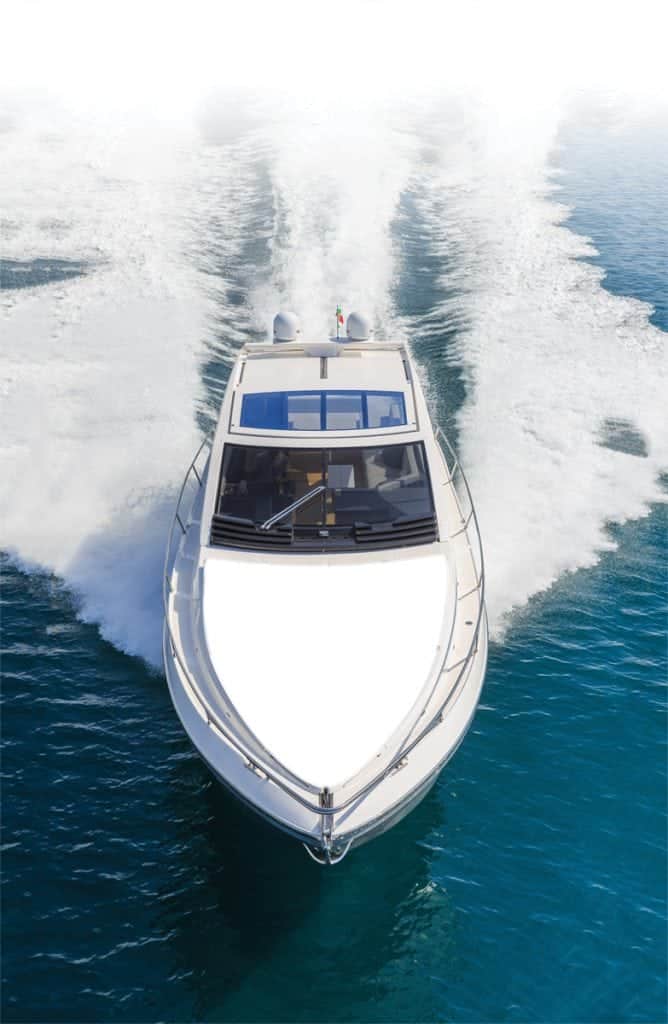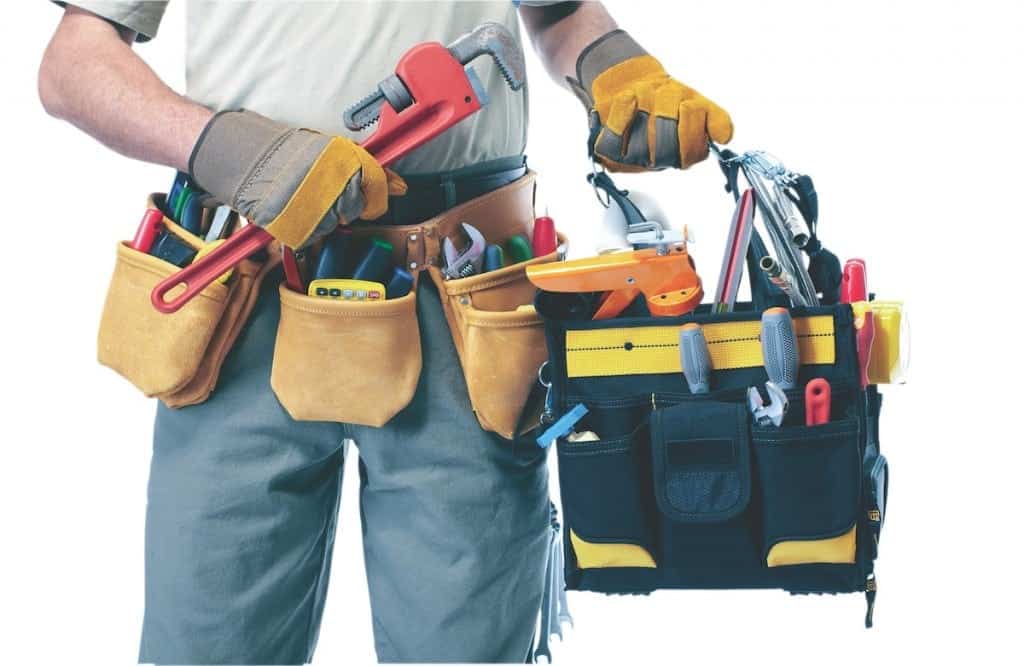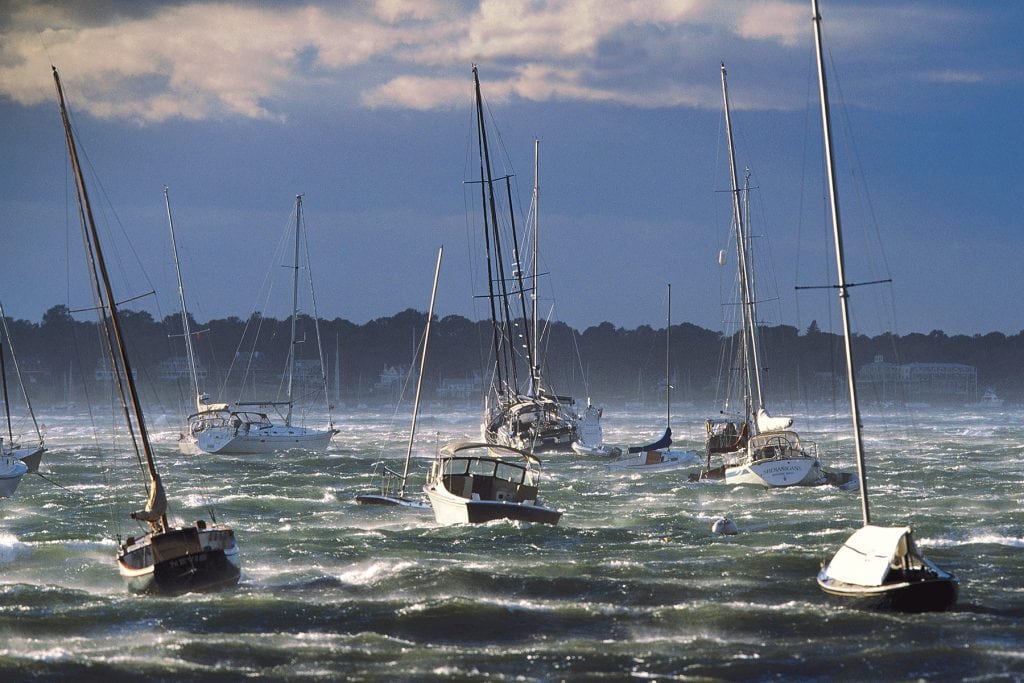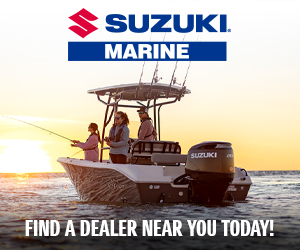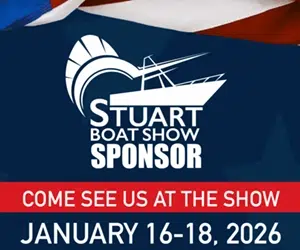Systems
Boat systems are inherently different than that of similar counterpart systems. Heads are certainly not bathrooms, nor are galleys quite the same as kitchens. Southern Boating has articles and resources to keep your heads, galleys and other boat systems in ship-shape.
Stabilizers for Any Size
Whether your boat is small or yacht-sized, adding stabilizers may make seasickness a thing of the past. Waves make boats rock...
Read moreDetailsExhaust System Maintenance
Before the heat of summer sets in, make sure your boat engine’s cooling and exhaust system will stay cool. After...
Read moreDetailsAnchor Storage Bag from Fortress Marine
Keeping a second anchor for emergencies or extra hold is a good idea. This is especially if it's protected by...
Read moreDetailsAtlasTrax GPS System
Keep track of your boat when you’re away with the new AtlasTrax MiniTrax GPS Satellite Tracking System. The device measures...
Read moreDetailsPump or Dump? Navigating Discharge Onboard
There are overboard pumpout restrictions. Most boaters know this. But many don’t think much about what your boat can discharge...
Read moreDetailsThe Best Types of Fire Suppression Systems
The Best Types of Fire Suppression Systems Other than “Man overboard!” hearing “Fire!” may be the most frightening sound aboard...
Read moreDetailsUflex Paddle Trim and Barker Boatworks
The Uflex Paddle Trim System is changing the game. Uflex's innovative trim system is similar to paddle shifters in high-end sports cars....
Read moreDetailsPotable Water Filtration for Your Boat
Tank water—ugh. Taste aside, some water is full of contaminants and is downright unsafe to drink. So, installation and servicing...
Read moreDetailsOpacmare’s Adjustable Swim Platform
Opacmare's New SAFE High-Low Platform System Whether swimming or engaging in water sports, Opacmare's New SAFE High-Low Platform System adjusts...
Read moreDetailsOnboard Storage Solutions for Your Boat
Get creative with these onboard storage solutions for your boat. Storage space is at a premium on a boat, and your annual...
Read moreDetailsBetter Boat Lifts
Do your homework on boat lifts. Raise your boat and your standards.Water can sometimes be the worst place for a...
Read moreDetailsFCI Watermakers’ Dockside Treatment System
Make dock water potable with FCI Watermakers' Dockside Treatment System. Three different models remove bacteria, viruses and dissolved solids and...
Read moreDetailsPower Products from FLIBS
Full Speed Ahead Check out the new power products were aplenty at this year’s Fort Lauderdale International Boat Show. Fall...
Read moreDetailsTop Three Boat Systems
Every boat owner should know these top three boat systems—and know them well. Congratulations! You’ve purchased your dream boat, and you’re...
Read moreDetailsStorm Anchoring Plan
Storm Anchoring Plan: Preparation is Key Images of vessels lost during the recent Hurricanes Harvey and Irma are still fresh in...
Read moreDetails

